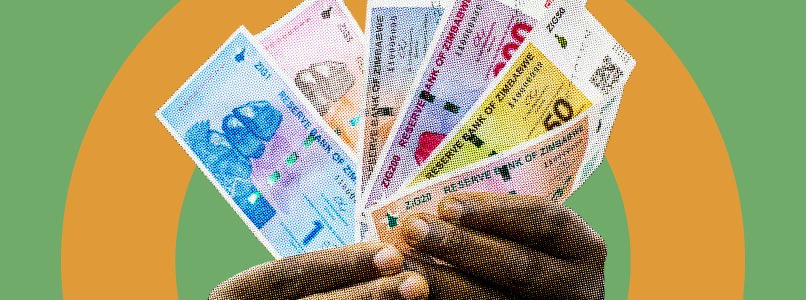— The Asian region covers quite a big area. How would you globally describe the attitude of local authorities toward cryptocurrencies?
— You should understand that Asia is generally divided into sub-regions, and each region and country has its own vision of regulation. For example, in Southeast Asia, all regulators have a very specific approach. Malaysia, Thailand. and the Philippines already have licensing, while some countries have a gray area for cryptocurrencies. Overall, Asia takes a very specific approach to crypto, and there’s a transaction tax in some places.
However, what we see now is that regulators in Hong Kong, for example, have taken the path of legalization rather than bans, and many companies are relocating there. Banks in Hong Kong have also announced their willingness to work with crypto companies. And just the other day, a court in Hong Kong ruled that they would treat cryptocurrency as a commodity. Of course, Central Asia has a different approach, most countries there are just beginning to outline the framework of crypto regulation. It’s already possible to get a license in Kazakhstan, and that’s what we did.
— Please tell us about the features of the cryptocurrency market in Asian countries. Could you perhaps highlight the characteristics of the crypto market of any particular country from this region?
— There are quite a few restrictions in Asian countries. For instance, after the financial crisis, futures are mostly banned, or their regulation is particularly strict. Besides, local regulators have concerns about stablecoin trading. In South Korea, for example, exchanges don’t have pairs with USDT. This is a peculiarity that occurs in some Asian countries. As I’ve already mentioned, there’s a transaction tax in India and Indonesia. Moreover, regulators are often wary of a large number of coins — they have a certain list of cryptocurrencies that can be traded. At the same time, we can see that GameFi is growing very strongly in Asia. The Axie Infinity project is extremely successful in the Philippines.
— What are the peculiarities of crypto market regulation in the Asian region compared to Europe and the United States?
— Of course, the population is one of Asia’s main advantages. In Europe, the positive side is that the approach to cryptocurrencies is more regulated. In Asia, each country has its own way of looking at crypto. The United States is a whole different story. Their specificity is that they’re trying to understand how to regulate crypto and can’t decide what it is — securities or not.
— In your opinion, what are the prospects for the development of the cryptocurrency market in Asian countries? What are the main drivers, and what factors slow it down?
— It all depends on regulation. The example of Hong Kong shows a common pattern. As soon as regulators start to view cryptocurrencies positively, it immediately draws increased attention to jurisdictions. There are still countries in Asia where people have limited access to financial services, and crypto solves that problem. Let’s just say that a lot of people in Asia have great potential and need to use cryptocurrencies.
Then again, the region has many prospects in terms of GameFi, because the gaming industry is quite strong in Japan and Korea. Some Japanese companies plan to release Web3 games, and it’ll be interesting to see what they come up with. I think that in the next year or two, the local market will definitely feature blockchain games that will be played not only because they can generate crypto, but also because they have great gameplay.
— What role do you think CBDCs and other government initiatives will play in the context of crypto market development in Asia? For instance, projects such as the gold-backed stablecoin (a project run by Iran and the Russian Federation) or the “Asian digital currency” proposed by China.
— By and large, CBDCs are about taking banks out of the chain in terms of opening accounts, i.e., digital currencies don’t relate much to crypto, it’s a centralized entity. However, it’s possible to issue stablecoins backed by CBDCs. Anyway, I don’t think that CBDCs will seriously limit the crypto market because it’s not just a bunch of coins anymore. There are already a lot of instruments like DeFi, GameFi, etc. So, the demand for cryptocurrencies will definitely not fall due to the development of central bank digital currencies.
— In the context of all of the above, please share with us the key goals Binance is pursuing in Asia.
— In general, we’ve obtained several licenses in Japan and Korea. Then our goals are to develop the local market and launch platforms intended for these markets within the framework of the received licenses. For example, what will be important for us in Georgia is to understand what will be required to obtain the license. We also believe that Hong Kong will be a big hub. Users are our top priority. It’s critical for us to provide quality services and give different withdrawal options where we’re licensed.
We strive to immerse ourselves not only in the specifics of each particular market but also to study the culture of each country, as well as to put users’ concerns and needs first and comply with local laws, of course.










